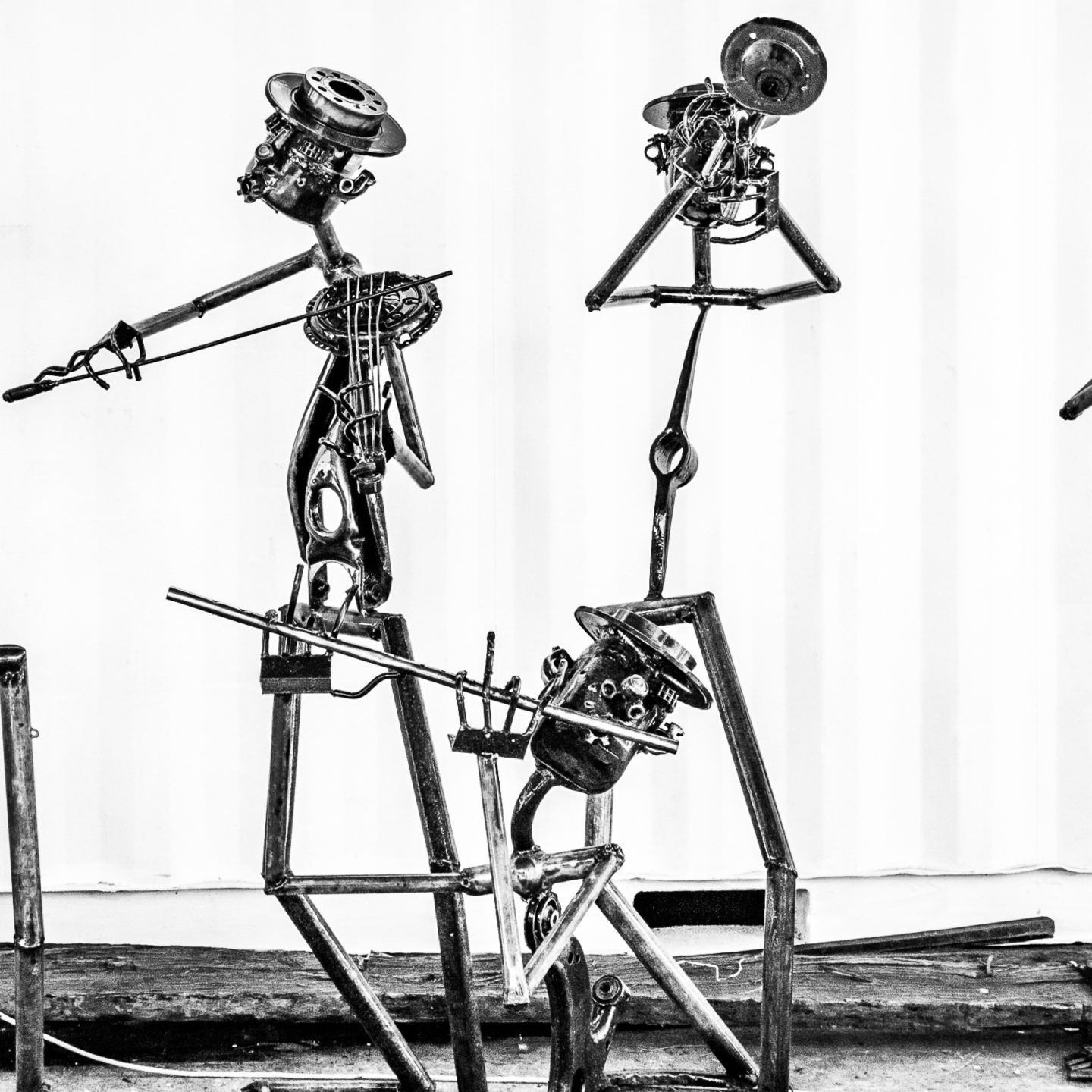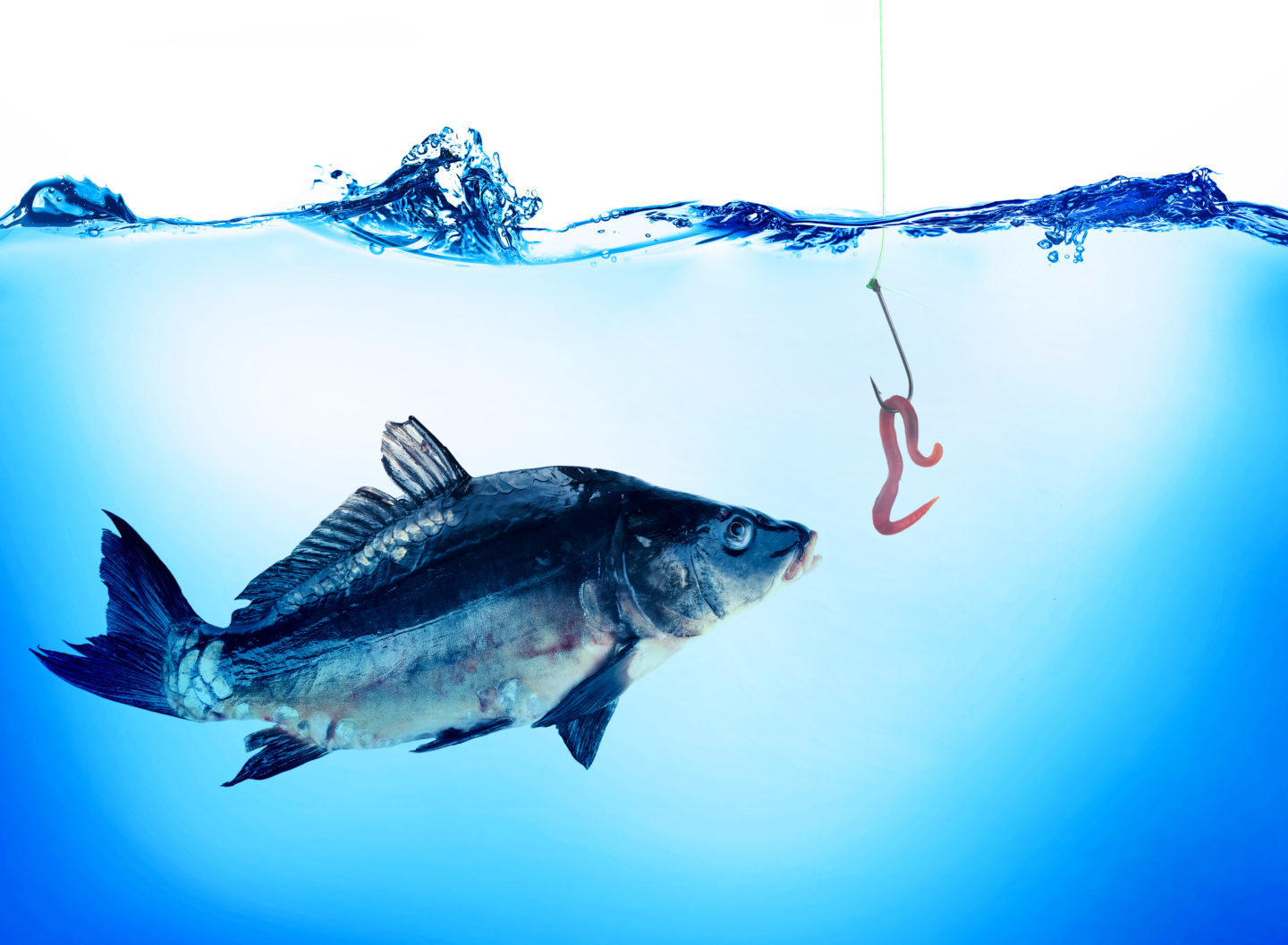We are grateful to Sebastian Watzl for blogging this week on Structuring Mind: The Nature of Attention and How it Shapes Consciousness (Oxford, 2017). To view all his posts on a single page, please click here.
Consciousness is something you do
Many parents who look into the eyes of their newborn baby encounter something wonderful, and awe inspiring. There in those eyes they get a glimpse of a new perspective, a new point of view on the world. A new consciousness. The idea that consciousness is the subjective perspective we each …






